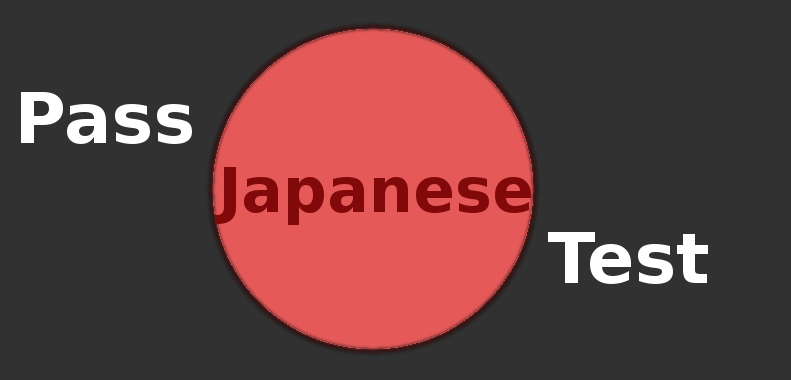In this post, I’ll talk about some JLPT vocabulary strategies that helped me when taking the test. Please see my
post on JLPT test sections if you are unfamiliar with the different question types in the vocabulary section. If you are a seasoned SAT veteran, you may recognize some of these strategies or used variations of them on the SAT. First, let me give some overall pointers to keep in mind during this section.
Overall Strategies
Study Before The Exam
Yes, this sounds obvious. It is. When it comes to vocabulary, the best way to improve your score is by learning more words. The only way to do this is by studying beforehand.
Don’t Waste Time. Guess And Move On.
When it comes to the vocabulary section, you either know the answer or you don’t. If you know the answer, you don’t need to use any strategies to eliminate choices, just bubble in the correct answer. It is easy to get caught up in one question as you deliberate between two choices. If you find yourself looking at the same question for more than a minute, remember that it is only one question. There are many more on the…
